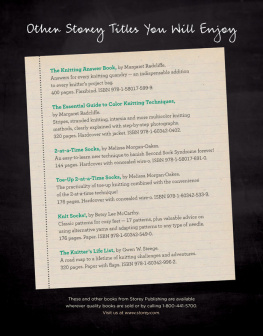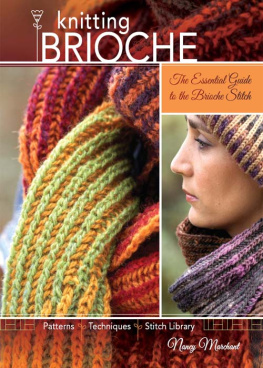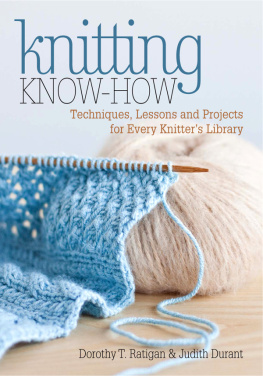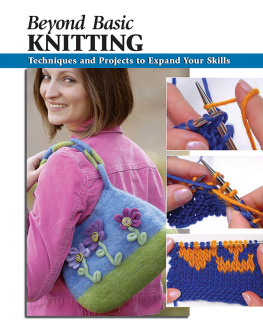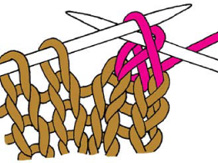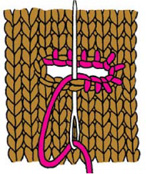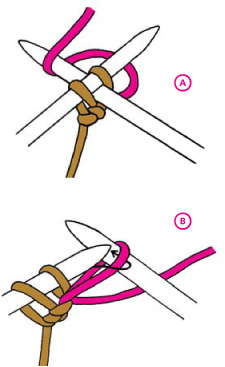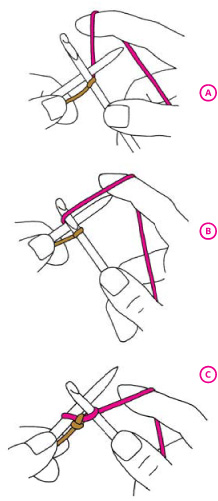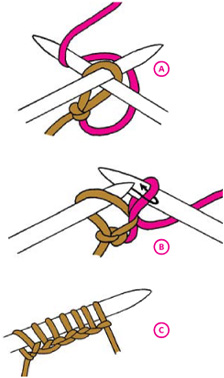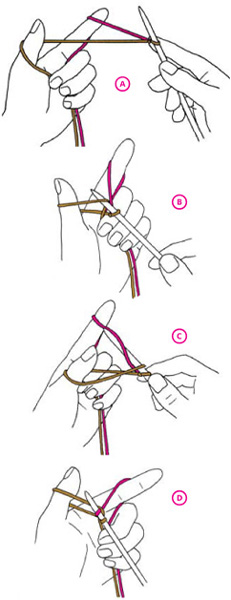Margaret Radcliffe - The Essential Guide to Color Knitting Techniques
Here you can read online Margaret Radcliffe - The Essential Guide to Color Knitting Techniques full text of the book (entire story) in english for free. Download pdf and epub, get meaning, cover and reviews about this ebook. year: 2008, publisher: Storey Publishing, genre: Home and family. Description of the work, (preface) as well as reviews are available. Best literature library LitArk.com created for fans of good reading and offers a wide selection of genres:
Romance novel
Science fiction
Adventure
Detective
Science
History
Home and family
Prose
Art
Politics
Computer
Non-fiction
Religion
Business
Children
Humor
Choose a favorite category and find really read worthwhile books. Enjoy immersion in the world of imagination, feel the emotions of the characters or learn something new for yourself, make an fascinating discovery.

- Book:The Essential Guide to Color Knitting Techniques
- Author:
- Publisher:Storey Publishing
- Genre:
- Year:2008
- Rating:5 / 5
- Favourites:Add to favourites
- Your mark:
The Essential Guide to Color Knitting Techniques: summary, description and annotation
We offer to read an annotation, description, summary or preface (depends on what the author of the book "The Essential Guide to Color Knitting Techniques" wrote himself). If you haven't found the necessary information about the book — write in the comments, we will try to find it.
Multicolor knitting techniques are explained with step-by-step illustrations and photographs accompanied by instructive text. Complete chapters on stripes, stitch effects, knitting with multicolor yarns, stranded knitting, and intarsia cover the theory and how-to behind each method as well as offering creative solutions for handling tangled yarn, estimating yarn quantities of each color, tips on how to handle all those ends, and stunning finishing techniques. An additional chapter describes more unusual techniques, such as helix, shadow, mosaic, and modular knitting.
Margaret Radcliffe: author's other books
Who wrote The Essential Guide to Color Knitting Techniques? Find out the surname, the name of the author of the book and a list of all author's works by series.



